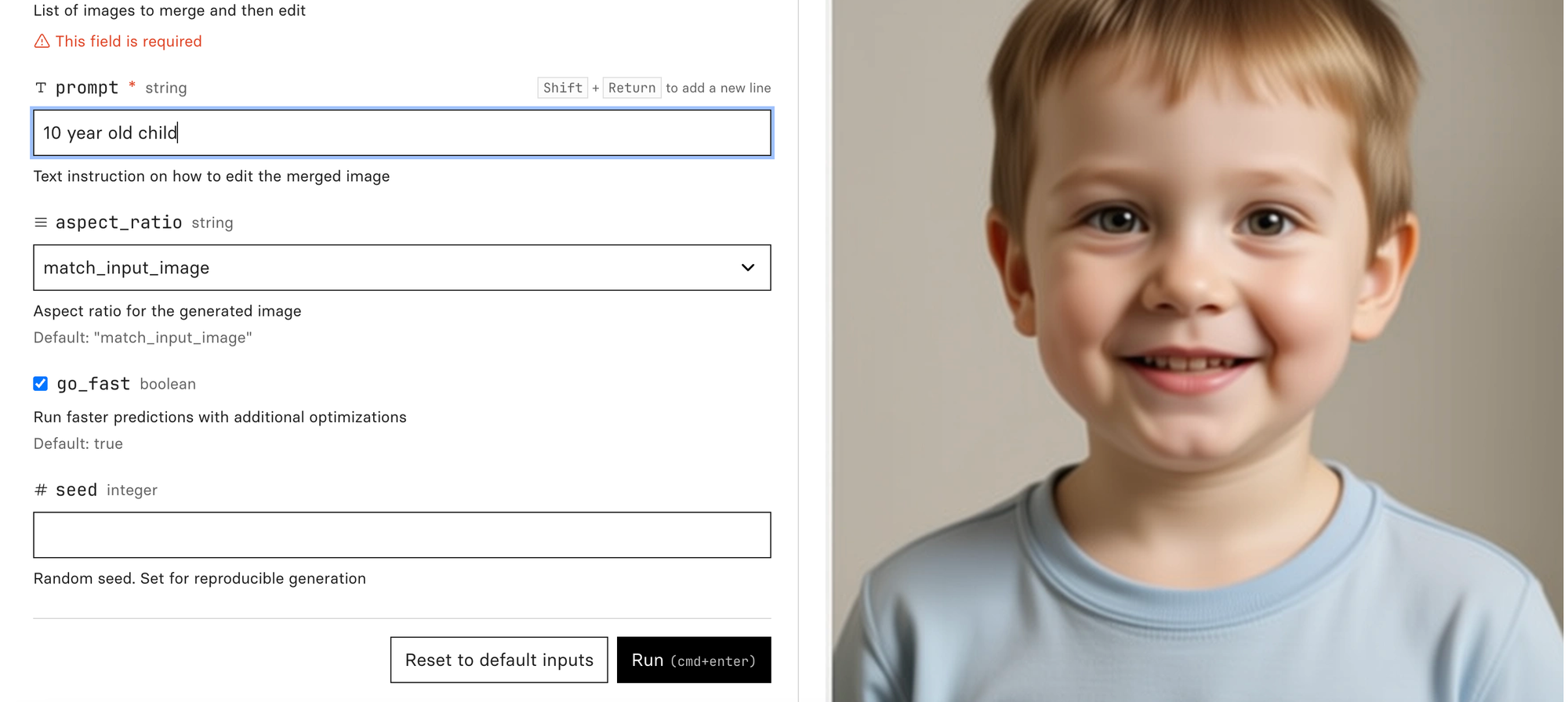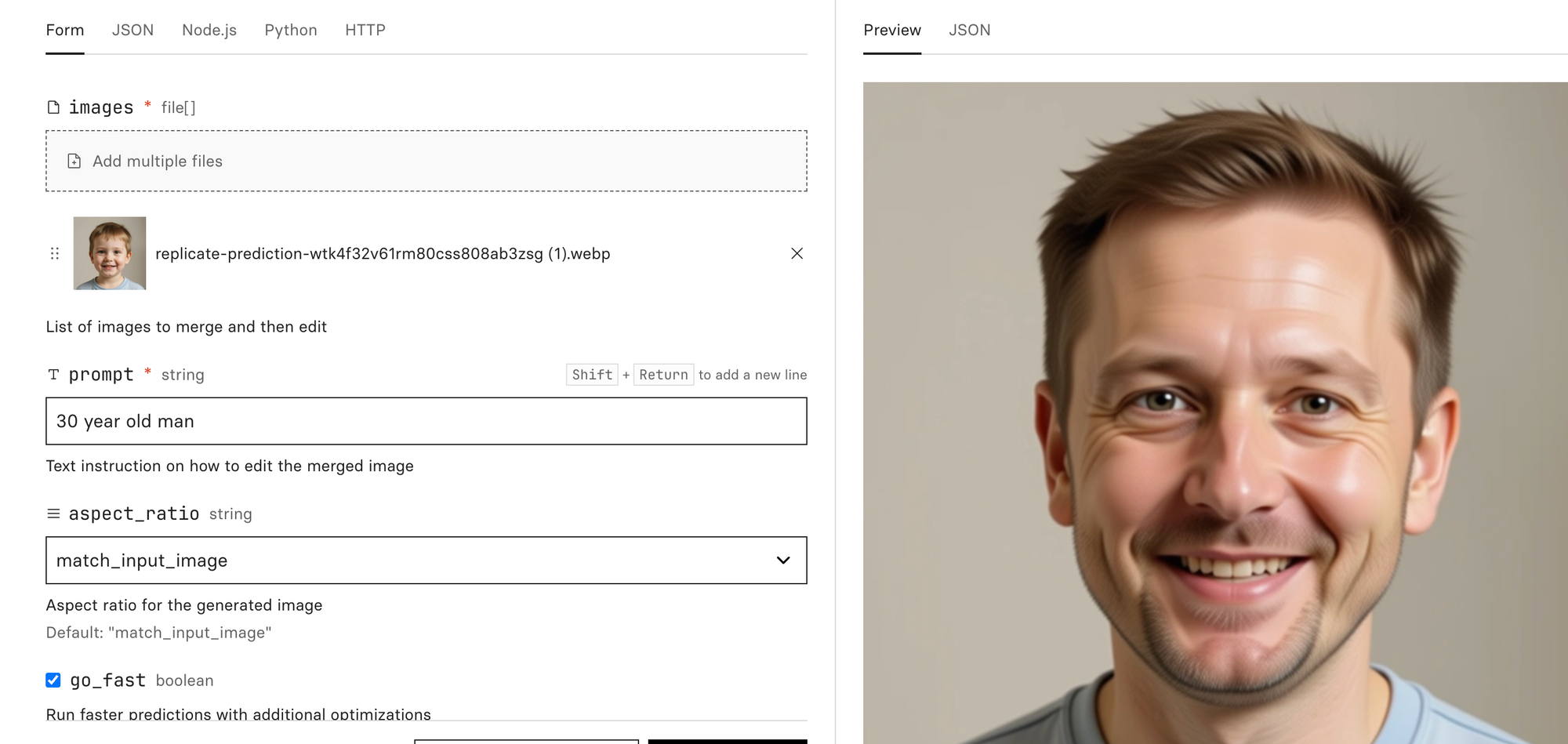I Asked 5 AIs to De-Age a 102-Year-Old to 25 — One Nailed It
The promising ability of AI to generate and manipulate images has reached staggering new heights. Long before the widespread popularity of tools like ChatGPT, early AIs could already guess a person's age from a photo with surprising accuracy. Today, advanced models from providers like Midjourney, Google's Gemini family, and Seeedream can realistically generate human faces at any specified age. This has led to fascinating, and sometimes viral, examples of AI predicting what a child might look like as an adult.
This blog post explores a unique twist on this capability: instead of aging a photo forward, we'll be testing how well different AI models can turn back the clock. We'll take a photo of a 102-year-old man and task several leading AI image editors to generate what he looked like at age 25, then compare their results to an actual photo of him from that time.
A common example of AI's aging capability is taking a picture of a child and asking the AI to show what they might look like at age 30.
Here is an image of a child at age 10:

And here is the AI's generation of that same child at age 30:

The results are quite remarkable. However, there's a fundamental challenge with this kind of prediction:
We can’t truly verify the results, because the future hasn’t happened yet.
This is where turning the clock backward becomes a fascinating test.
